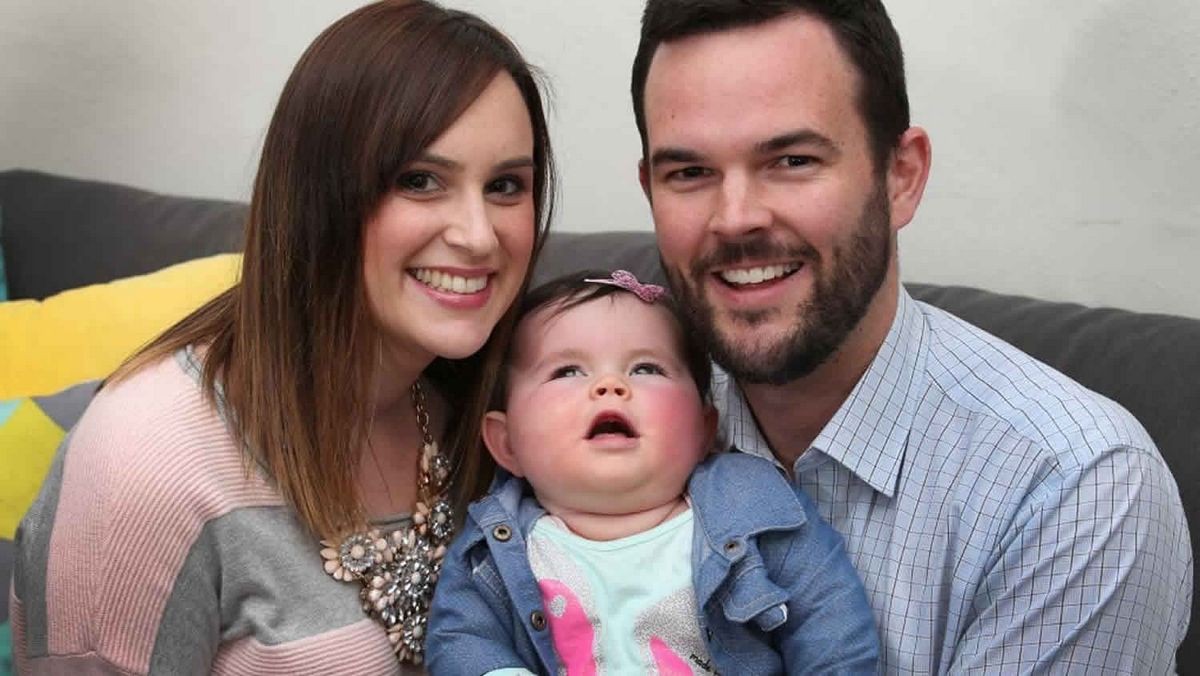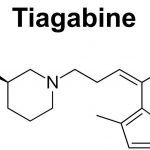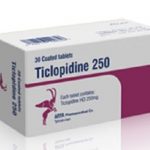
Contents
- 1 What Is the Life Expectancy of People With Mitochondrial Disease?
- 1.0.1 Is mitochondrial disease always fatal?
- 1.0.2 What are the most common symptoms of mitochondrial disease?
- 1.0.3 Which organs are most affected by mitochondrial disease?
- 1.0.4 What is the most frequent cause of mitochondrial diseases?
- 1.0.5 Is mitochondrial damage reversible?
- 1.0.6 Can you recover from mitochondrial disease?
- 1.0.7 How to cope with a diagnosis of mitochondrial disease
- 1.0.8 Subscribe to MedicineNet’s Children’s Health & Parenting Newsletter
What Is the Life Expectancy of People With Mitochondrial Disease?
Mitochondrial diseases are genetic abnormalities that affect energy synthesis in cells. They trigger progressive diseases that often result in substantial impairment and, in some cases, reduced life expectancy.
According to studies, people with mitochondrial disease survive for several years if treated properly, although life expectancy cannot be predicted. Because mitochondrial diseases can affect different organs at varying levels of severity, life expectancy differs from person to person.
Is mitochondrial disease always fatal?
There has been limited research about the “end-of-life” phase and reasons for death in people with mitochondrial diseases. Clinical symptoms associated with specific syndromes may indicate the cause of death, but offering a precise prognosis remains difficult.
Many mitochondrial diseases manifest in childhood, while others emerge later in life. Age determines the severity of symptoms at onset and the number of organ systems involved.
Severely affected children often do not survive adolescence, and many adults experience their formerly productive lifestyle deteriorate into disability. Neonatally affected individuals have a lower life expectancy, and comorbidities can limit life expectancy even with appropriate treatments.
What are the most common symptoms of mitochondrial disease?
Mitochondrial disease symptoms vary depending on the affected organ or organ system. Possible early signs and symptoms include:
- Developmental delays
- Reduced growth
- Fatigue
- Migraine
- Muscle weakness
- Muscle pain
- Cardiomyopathy
- Liver failure
- Blindness
- Optic atrophy (degeneration of the optic nerve)
- Hearing loss
- Diabetes
- Seizures
Clusters of signs and symptoms often emerge, indicating the presence of this rare syndrome.
Which organs are most affected by mitochondrial disease?
The involvement of multiple organ systems commonly indicates mitochondrial disease.
Because mitochondria are found in 90% of our cells, they can affect many organs, including the brain and muscles. The most commonly affected organs are the brain, heart, liver, skeletal muscles, kidney, endocrine system, and respiratory system.
Signs and symptoms of mitochondrial dysfunction depending on the affected organ system are as follows:
- Neurological: Difficulty paying attention, seizures, headaches, loss of control of body movements, sensitivity to noise, lights, and smells, developmental delays, learning disorders, dementia, nerve pain, migraine, stroke
- Visual: Night blindness, decreased visual acuity, color vision deficits, weak or paralyzed eye muscles, eye misalignment, droopy upper eyelid
- Digestive: Unexplained liver failure, impaired digestive tract muscles, inability to swallow, lack of appetite, nausea, stomach cramps
- Cardiac: Irregular heartbeat, arrhythmia, fluctuating blood pressure, unexplained heart block in children, lactic acid buildup, cardiomyopathy
- Muscular: Pain or muscle cramping, lack of muscle coordination, difficulty gaining weight or growing, poor muscle tone
- Respiratory: Lack of energy, shortness of breath, mouth sores, fever, dizziness, congestion, coughing, dry skin, kidney stones or swollen hands, hearing loss, hormonal imbalances
- Endocrine: Hearing loss, diabetes, lactic acidosis, failure to thrive, chronic fatigue, heat or cold intolerance, delayed milestone achievement, inability to fight typical childhood infections, repeated infections and fevers with an unknown cause, blindness, deafness
What is the most frequent cause of mitochondrial diseases?
Mitochondrial diseases are caused by genetic defects in the mitochondria. Healthy mitochondria use oxygen, sugar, protein, and fat from food to produce energy. Defective mitochondria may produce less energy, leading to organ failure.
- Primary disease: Mitochondrial disease is a hereditary condition inherited from one or both parents. In rare cases, it can be caused by a spontaneous mutation.
- Secondary disease: Mitochondrial disease can develop later in life without a basic DNA mutation. It may be a result of the natural aging process, certain medications, or damage to mitochondria from stressors like smoking or alcohol abuse.
Mitochondrial disease is rare but can affect people of all genders and ages.
Is mitochondrial damage reversible?
Advances in medicine and research have helped in understanding, diagnosing, and treating mitochondrial diseases. However, there is currently no cure or treatment that guarantees improved health or function. Supportive treatment aims to alleviate symptoms, improve function, and slow disease progression.
Treatment options for mitochondrial dysfunction may include physical therapy, occupational therapy, respiratory therapy, speech therapy, massage therapy, stretching and relaxation exercises, exercise training, counseling, medications, and supplements.
Medications:
- Anti-convulsants
- Muscle relaxants
- Botox injections
Supplements:
A recent study found several vitamin supplements, commonly referred to as the "mitochondrial cocktail," to help reduce symptoms and enhance function. These may include: creatine monohydrate, vitamins C and E, alpha lipoic acid, co-enzyme Q10, riboflavin, thiamine, l-carnitine, and l-arginine. These vitamins and supplements aid mitochondrial energy production and prevent toxic compound buildup within cells.
Exercise:
Exercise is one of the most effective therapies for mitochondrial disease. It promotes energy production and enhances mitochondrial function. People who exercise learn to use oxygen more efficiently, resulting in increased exercise tolerance. Your physician can help design an exercise program tailored to your needs.
Dietary therapy:
Understanding how foods affect your body and modifying your diet according to your body’s tolerance can help manage symptoms. A keto diet may be effective for some individuals, but it may not work for everyone.
Other treatments:
Implanted cardiac pacemakers or defibrillators, intravenous (IV) hydration, and IV antibiotics may be used.
Can you recover from mitochondrial disease?
Treatment success varies depending on the severity of the condition. Individuals with moderate symptoms may respond more positively to therapy. However, treatment cannot reverse the damage that has already been done.
While limited systematic research has been conducted on the average survival of people with mitochondrial diseases, improvements in treatments and early detection methods are expected to increase the average life expectancy. Scientific and technological advancements will lead to breakthroughs in treating mitochondrial illnesses.
How to cope with a diagnosis of mitochondrial disease
Receiving a diagnosis and living with mitochondrial disease can be challenging.
Having a reliable support system of family and friends can improve your quality of life. Exercise and meditation can help relieve stress. Utilizing community resources like therapeutic programs can make the condition more manageable.
Staying informed about mitochondrial disease and staying up-to-date on news and clinical studies can help with coping.
Subscribe to MedicineNet’s Children’s Health & Parenting Newsletter
By clicking "Submit," I agree to the MedicineNet Terms and Conditions and Privacy Policy. I also understand that I may opt out of MedicineNet subscriptions at any time.


